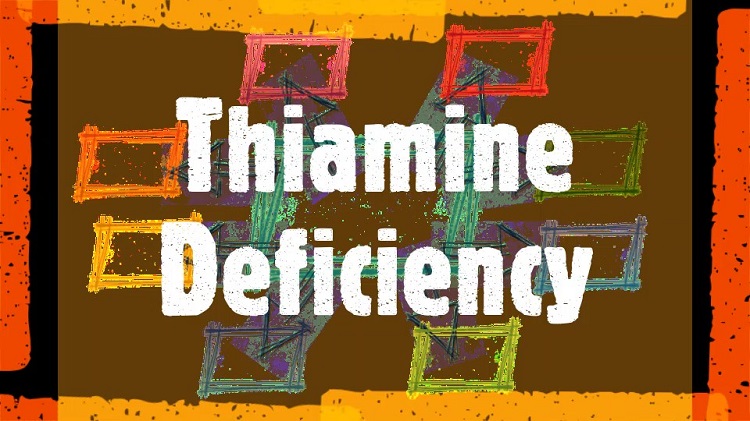Perhaps for the first time in human history our children face a decline in life expectancy compared to previous generations. Much of the research suggests the increase in obesity and the co-morbid chronic health issues such as diabetes, heart disease, liver disease, and cancers are to blame. Pointing the finger at the modern diet is easy. A surface level examination suggests modern man eats little more than processed foods that are high in carbohydrates but not much else. Here caloric intake is high while nutrient intake is low. Presumably, flipping the ratio of calorie to nutrient would improve health outcomes tremendously. And in many cases it does, but for many other individuals obesity and the associated health problems persist. How is that possible?
Diminishing Biodiversity in the Modern Diet
The composition of one’s diet influences health radically. It is well known, though often ignored, that dietary nutrients provide the building blocks for cell functioning and survival in every tissue of the body. Without those nutrients a myriad of health problems arise. What we eat plays a huge role in human health. What we eat has changed radically in recent decades. Beyond simply evolving from hunter-gatherer type diets to more processed and carbohydrate dense diets, the biodiversity of the plants and animals we eat has diminished dramatically as well. Indeed, 70% of the world’s diet comes from only 15 crops (sugarcane, maize, wheat, rice, potatoes, sugar beet, soybeans, cassava, palm kernel, barley, sweet potatoes, tomatoes, watermelons, bananas, brassicas). That alone should give one pause, but when one considers that these crops have been domesticated significantly with much of the genetic diversity among the different types of plants bred out, we can begin to see how limited the modern diet really is.
Some research suggests that in only a few generations, modern farming has cultivated out 95% of the genetic variation among staple crops. Sit with that for a while. We’ve cultivated out 95% of the genetic variation from the plant based foods we eat – genetic variation that took many millennia to evolve. With 95% of the over 200,000 plant metabolites that provide nutritional sustenance critical for human health (and animal health) removed from the food chain, human health is facing a serious crisis that will require more than just a return to fruits and vegetables. We need a wholesale change in modern agriculture.
Diet-Disease Relationships: Nutrigenomics and the Evolving Microbiome
What happens when the foods we eat have limited genetic diversity? We lose critical dietary nutrients and disease develops – a boon for the supplement industry, a bust for human health. From an evolutionary standpoint, shifts in human diet evoke changes in metabolic capacities emanating from gastrointestinal microbiota. Evolutionarily, the microbiome has evolved for optimal absorption and metabolism of essential nutrients. As diet has changed, gut microbiota have changed too. As the genetic variation in food sources declines (and as we increasingly overuse antibiotics and other medicines) parallel declines in microbiome diversity have been observed leading many to suggest a connection between gut health and overall health. What can we do?
Obesity and Illness Persist Despite Dietary Changes
When obesity and chronic illness persist despite dietary changes that include increased plant based foods, consider the possibility that those foods have been nutrient depleted through commercial farming practices. And while eating plant based whole foods is certainly better than eating highly processed carbohydrate dense foods, that may not be enough to restore gut microbiota and health. It is likely that we have to return to eating an organic, heirloom diet, that is highly diverse, more genetically variable and nutrient dense. It may also be necessary to include nutrient supplements when dietary diversity is not possible.
We Need Your Help
More people than ever are reading Hormones Matter, a testament to the need for independent voices in health and medicine. We are not funded and accept limited advertising. Unlike many health sites, we don’t force you to purchase a subscription. We believe health information should be open to all. If you read Hormones Matter, like it, please help support it. Contribute now.
















Their staple assortment of potato, wheat, and so forth didn’t open them to the worldwide hereditary assortment of that species. I want to appreciate you for this type of quality article. THANKS ALOT!
Our ancestors sourced food far more locally than we do. Their staple variety of potato, wheat, etc didn’t expose them to the global genetic variety of that species. This means the effective reduction of variety (as seen by the individual) would be quite a bit less than 95%.
Most people for most of the time didn’t have access to anything that didn’t grow locally and nothing out of season. The bulk of their diets may have been a lot more “boring” than ours.